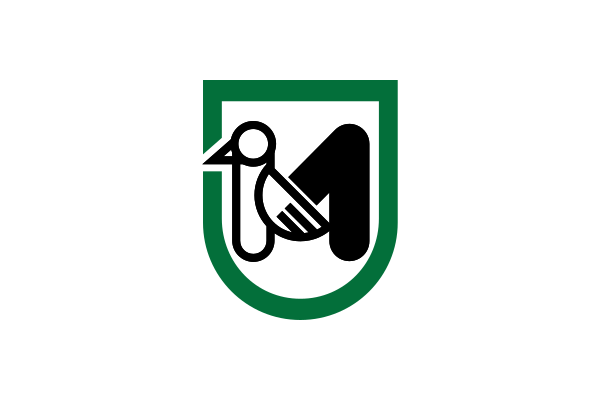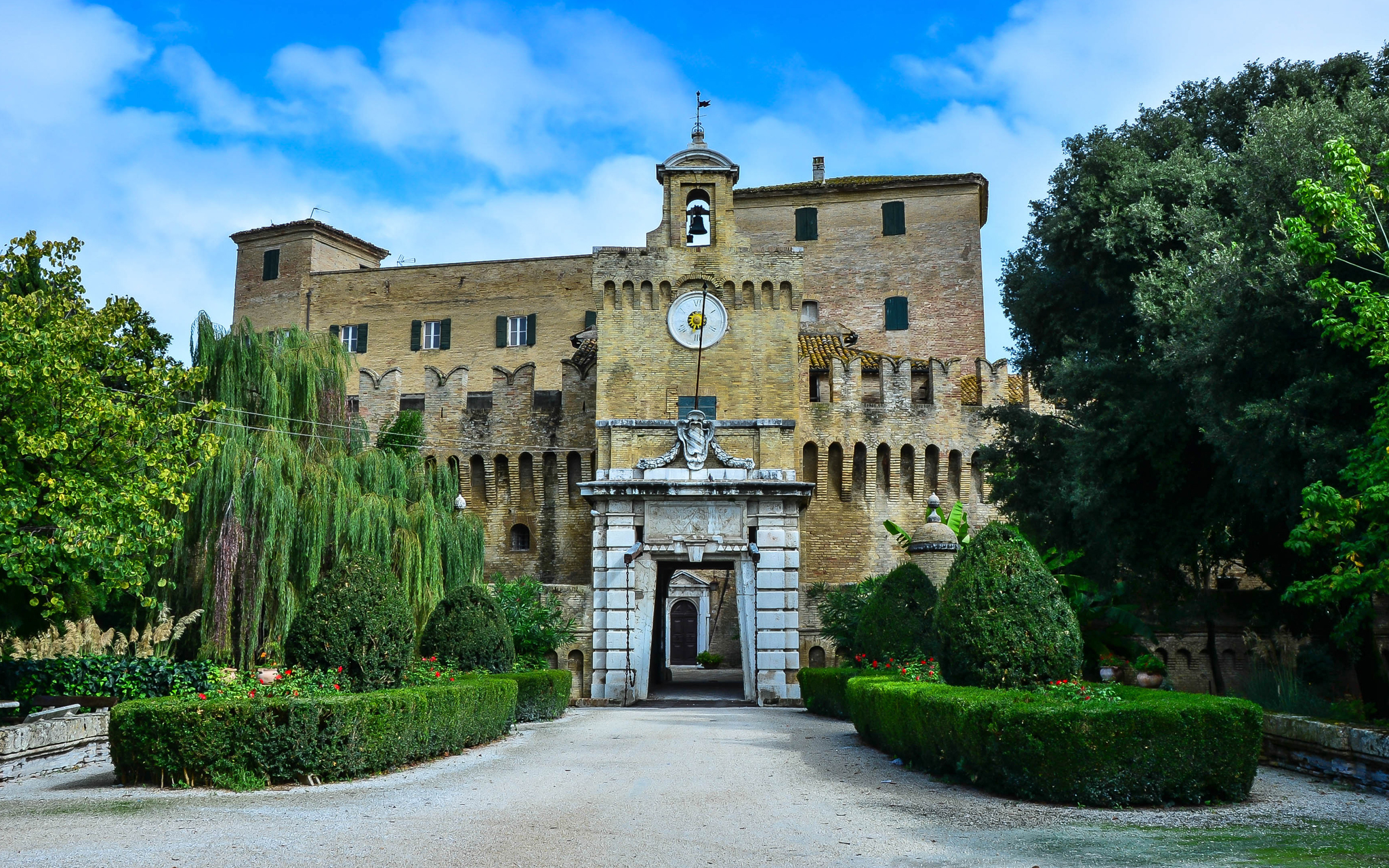Marches Region

The Marches are characterized by a vocation for plurality, the plural of the name itself sanctions the fundamental unity despite the richness of local aspects.
The vocation to autonomy of each area is paradoxically the most unifying factor.
The Umbrian-Marche Apennines mark the border with Tuscany and Umbria to the west; to the north the region borders with Emilia-Romagna and the Republic of San Marino, to the south with Abruzzo and Lazio. he region is distinguished by a strong homogeneity, first of all for the sweetness of the landscape: much of the territory is hilly, the inhabited centers are mostly located on the top of the hills, the agricultural landscape, derived from sharecropping, is characterized by a myriad of plots bordered by centuries-old oaks and marked by farmhouses, from the mountain peaks you can always see the sea and the rivers furrow the mountain ranges with rugged rocky gorges and then flow into parallel valleys.
From the anthropic point of view, the region is equally very homogeneous: the character of the inhabitants is hardworking, temperate and reserved; every small town has an urban dimension and vocation; the story was divided into parallel autonomies of each area and the economy is characterized by a typical and exemplary economic-entrepreneurial model (the "Marche model").

The region is also characterized by a singular wealth of internationally renowned artists and scholars: Raffaello Sanzio (1483 - 1520), the genius from Urbino who was one of the greatest interpreters of Renaissance painting; Gioachino Rossini (1792 - 1868), one of the greatest opera composers in the history of music; Giacomo Leopardi (1798 - 1837), one of the greatest poets of the Italian nineteenth century and one of the most important figures in world literature; Maria Montessori (1870-1952), known for her revolutionary teaching method, applied in thousands of schools all over the world; Gentile da Fabriano (1370 - 1427), one of the most representative painters of international Gothic; Ciriaco d'Ancona (1391 - 1452), father of archeology; Donato Bramante (1444 - 1514), architect and painter, one of the main artists of the Renaissance; Father Matteo Ricci (1552 - 1610), one of the greatest popularizers of Western culture in China and a scholar of Eastern civilization; finally the two famous composers Giovanni Battista Pergolesi (1710 - 1736) and Gaspare Spontini (1774 - 1851).
From 1 January 1948, pursuant to art. 131 of our current Constitution, the Marche is a region with ordinary autonomy of the Italian Republic, but only with the law n. 281 of 1970 its functions were implemented.

The Marche region is divided into 5 provinces and 236 municipalities.
Province coat of arms:
Province of Ancona (capital)
Province of Ascoli Piceno
Province of Fermo
Province of Macerata
Province of Pesaro and Urbino
Video: Marches Region
Map: Marches Region
Address: via Gentile da Fabriano, 9 - 60125
Ancona Marche
Latitude: 43.4022675
Longitude: 12.9705604
Site: http://www.regione.marche.it/...
vCard created by: BBCC
Currently owned by: BBCC
Type: Region
Function: Public place
Creation date:
Last update: 15/08/2021
